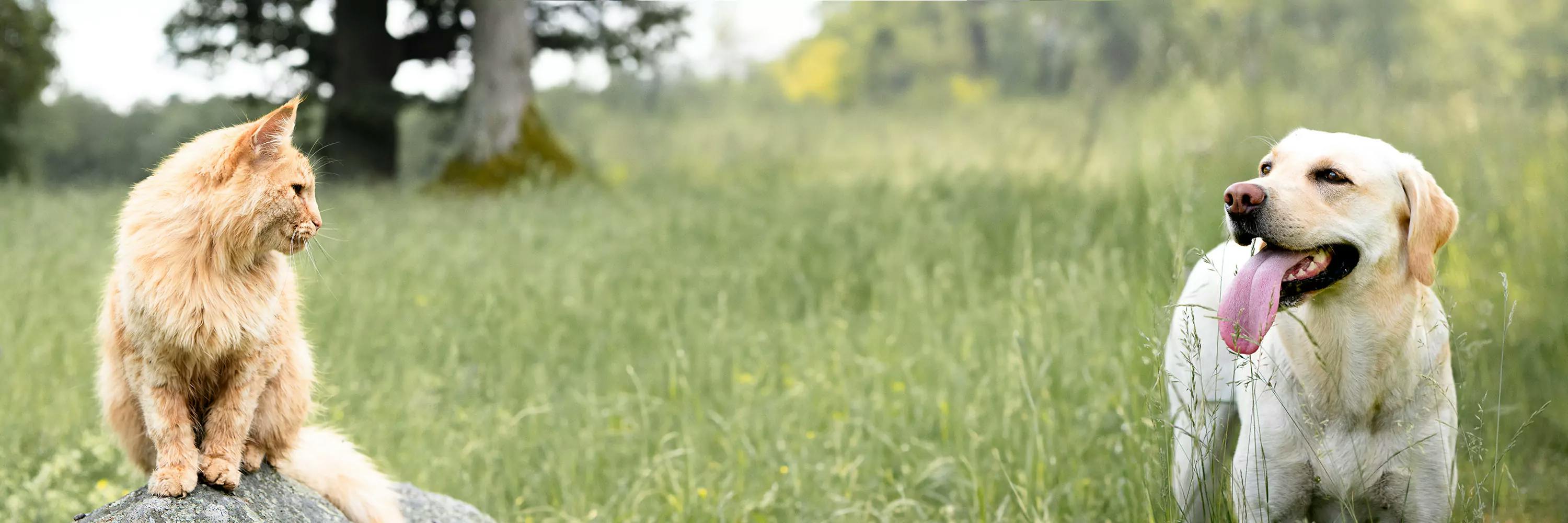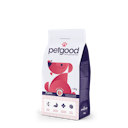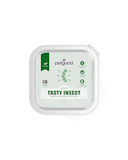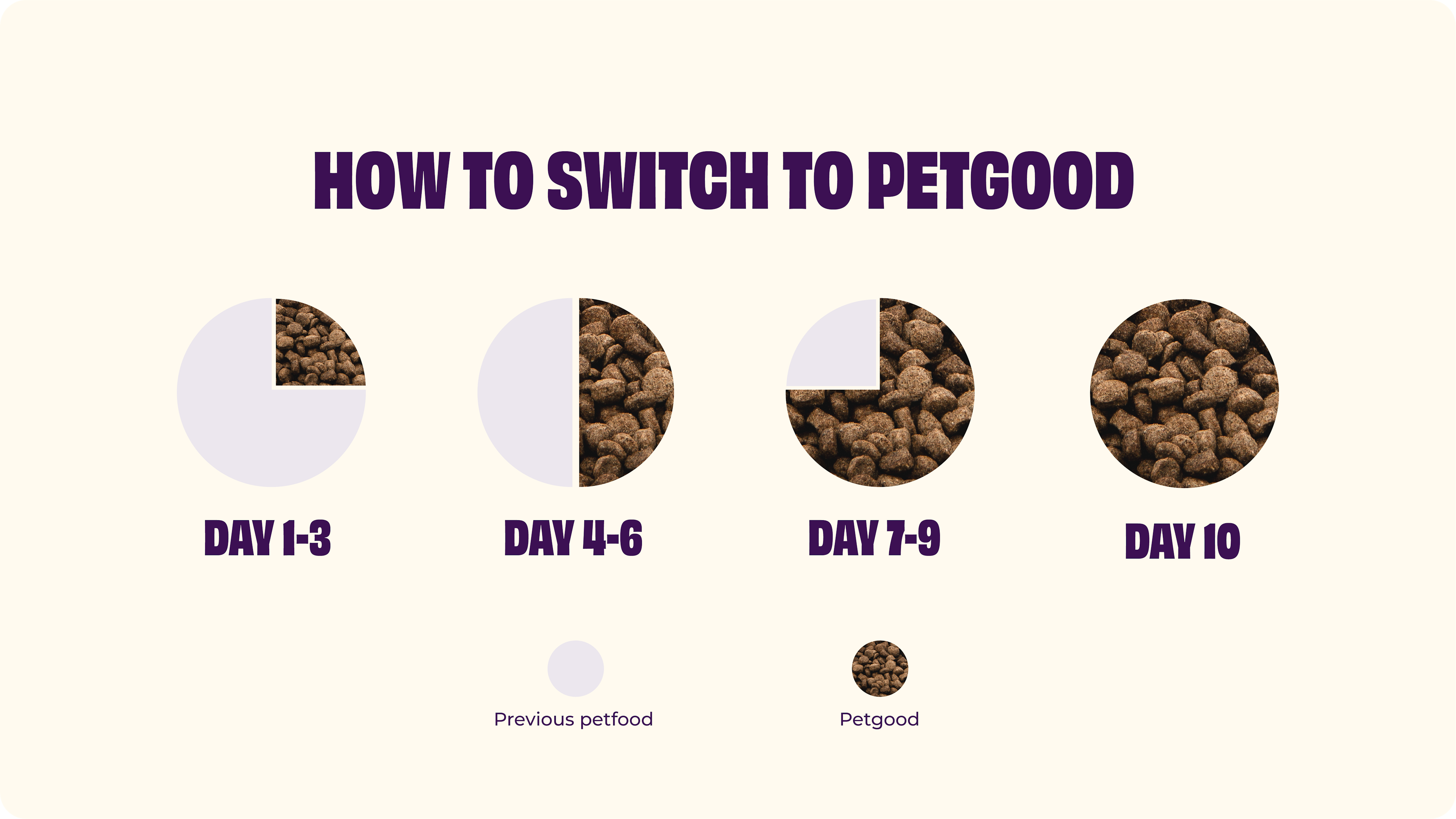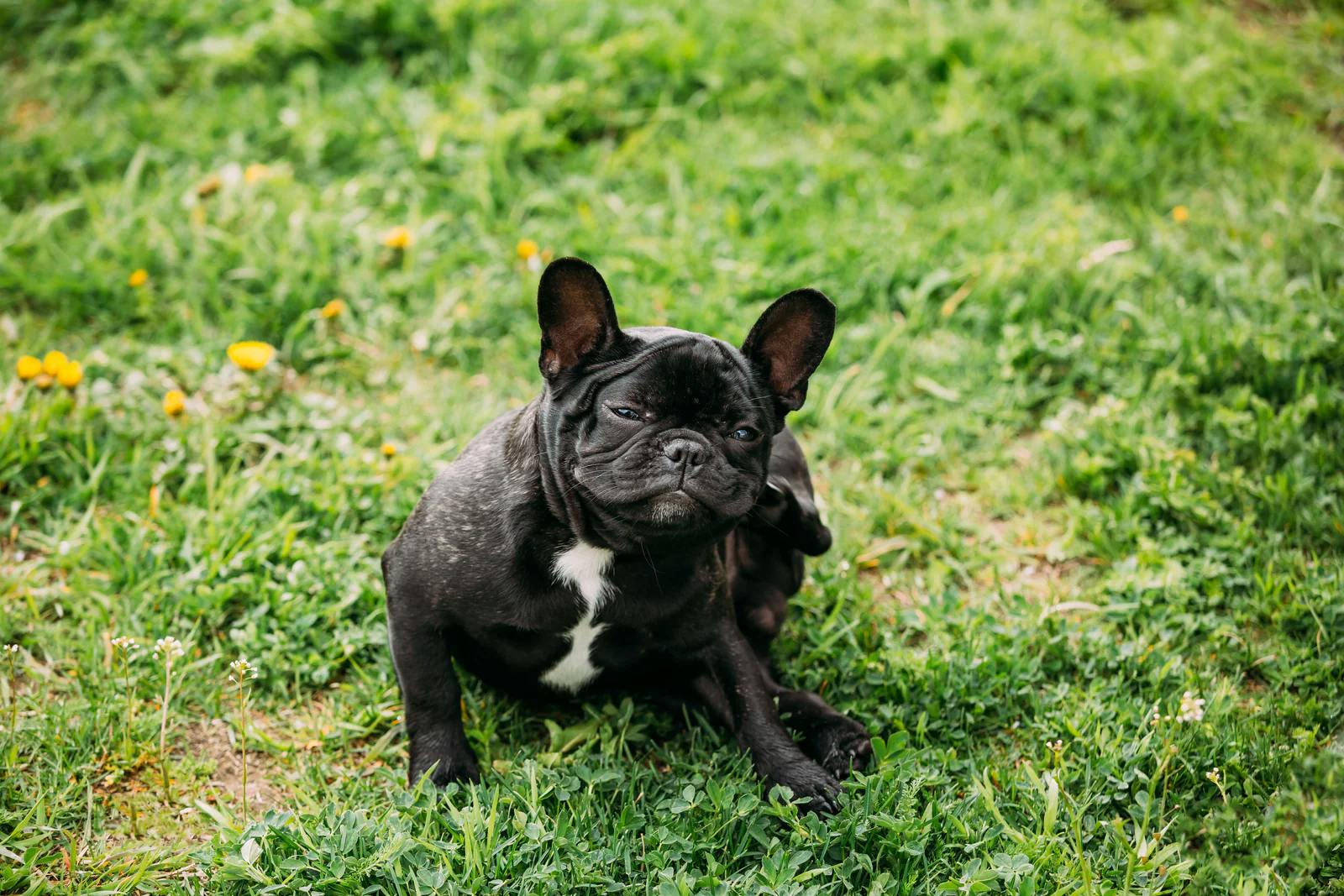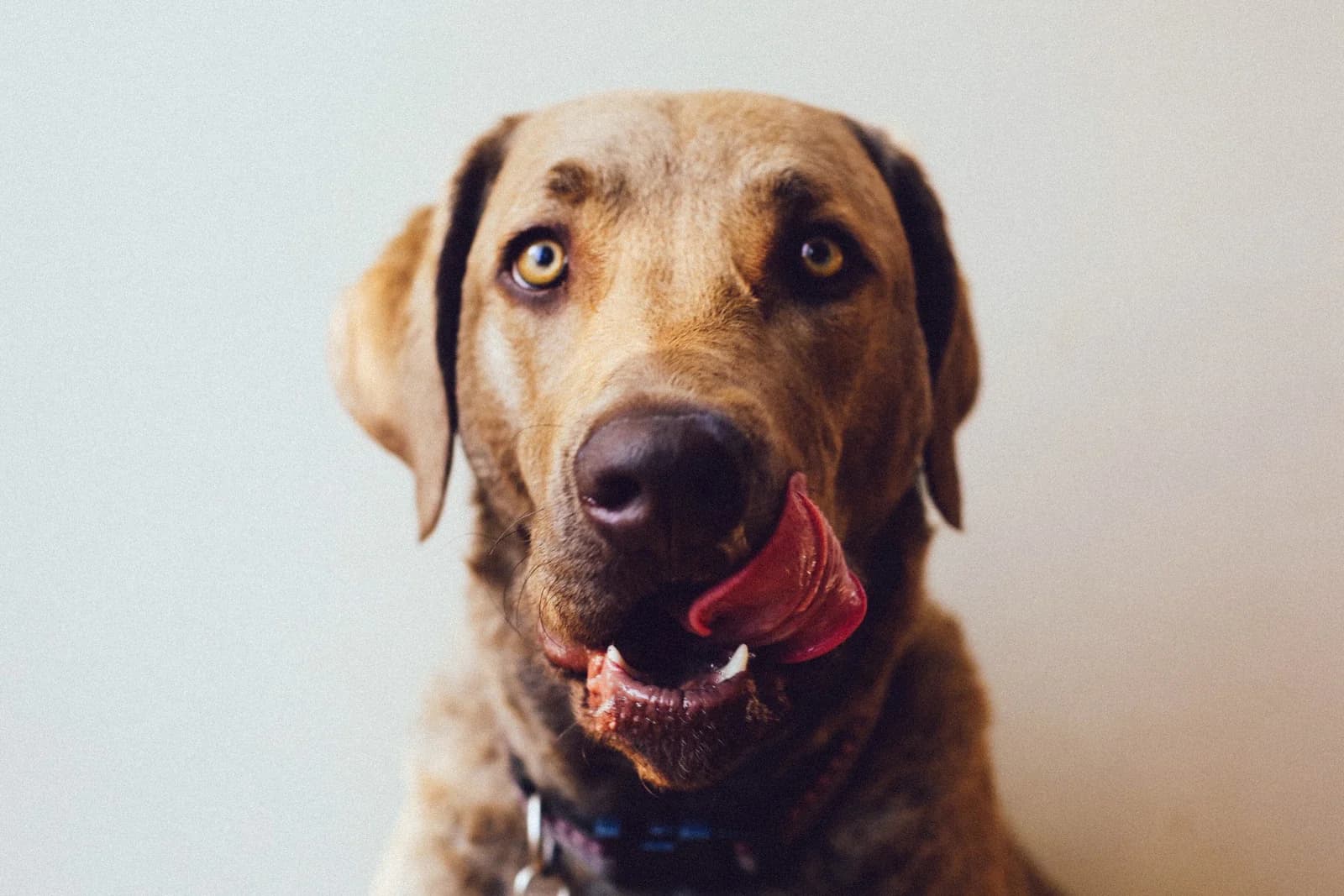Active location:
Select your country:
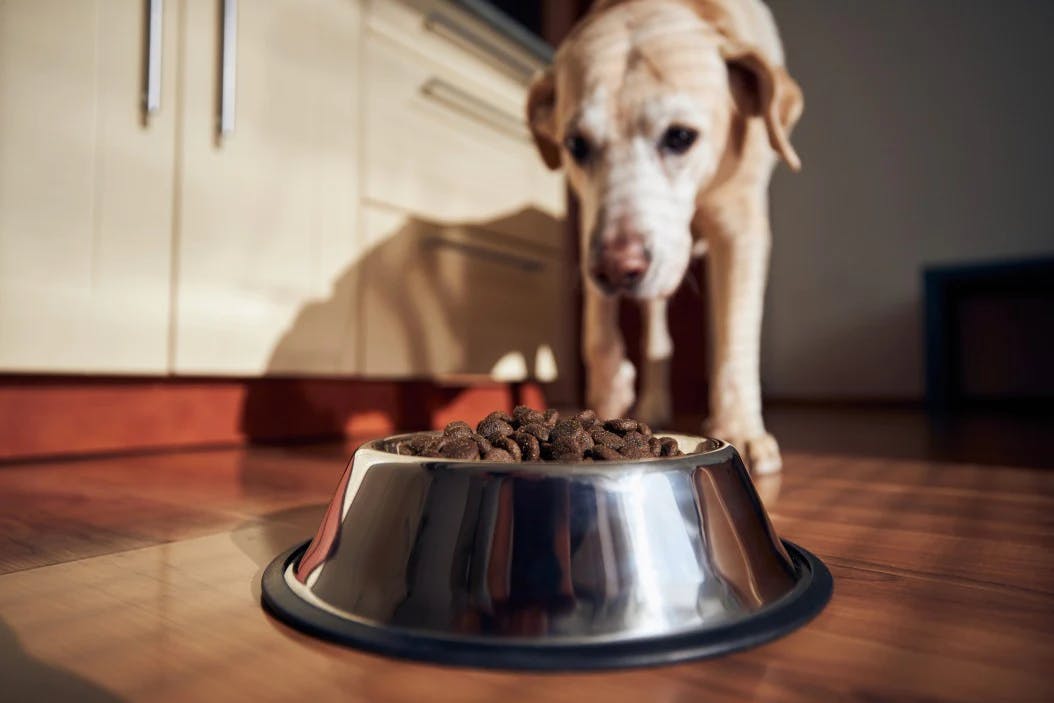
My dog is not eating
Having a dog that dog does not want to eat can be frustrating and feel difficult to handle, especially when you as a pet parent is trying the twelfth type of food and the dog just sniffs the bowl and leaves. Here we explain some possible reasons why your dog does not eat and what you can do about it.
My dog is not eating - is that normal?
Several dog breeds (labrador…) have an incredible appetite and eat anything that lands in the bowl or falls to the floor. Other dog breeds may be more naturally picky. The fact that the dog prefers to eat once a day, or for example only wants to eat in the afternoon, does not have to be a problem. As long as the dog keeps its weight and muscle condition, is alert, healthy and happy and has a shiny coat, you do not normally have to worry about the dog getting too little nutrition, and can accept that the dog eats a little less or wants to eat more rarely than you expect. Some dogs also have periods when the appetite naturally decreases - for example, it is not uncommon for young male dogs to eat a little less during the period when the hormones are going crazy, when they are fully focused on other things and the food becomes less interesting. Females can also have a poorer appetite during the period when they are in heat. As long as the dog is still alert and healthy and does not refuse food for several days in a row, you do not have to worry about the dog eating a little less in certain periods.
My dog is not eating - is he just picky?
As a pet parent of a picky dog who does not eat, it is easy to become desperate and change dogfood often, or give the dog something else to eat between meals just so that it will eat anything at all. Many times, however, you do the dog a disservice, and spoil it so that it begins to expect food leftovers and other tasty treats instead of its food. If you have the food available all the time, it can also make the food less interesting, as the dog knows that it can always eat whenever it wants. In this situation, some of our tips below may help. Remember to do an honest evaluation of the dog's body condition as well - if the dog is overweight, well, then it is not very likely that it actually gets too little food.
My dog is not eating - is the dog sick?
If a dog that has previously eaten well suddenly stops eating, it is important to book an appointment at your veterinarian to rule out illness as the cause. The reasons why your dog does not eat can be many, and depending on what the veterinarian finds during the examination of the dog, both blood tests and other diagnostics may be necessary. Possible explanations can be problems with the stomach and intestines, pain somewhere or issues with the teeth. If the dog's appetite has gradually decreased over a long period of time or the dog has lost weight or has other symptoms, you should also consult a veterinarian to investigate the root cause.
My dog is not eating - what can I do?
Exclude disease
If the refusal to eat comes suddenly, your dog does not eat at all for several days or you discover other symptoms besides the dog not wanting to eat, the recommendation is to book a veterinary visit to rule out disease causing to the dog's poor appetite.
Change feeding routines
If you always have the food available, try changing the routines so that you only serve the dog's meals twice a day, and give slightly smaller portions each time. Give the dog 10-15 minutes to eat, and then remove the food until it is time to feed the dog again. It is then important as a pet parent to be consistent and not give the dog lots of treats or other food during the day, but instead let the dog become hungry for the next serving.
Sometimes you simply need to change the food, but doing it too often without being consistent in your feeding routines above, can also make the dog get used to the variation and wait for something better to come soon.
Try these tricks to make the food more interesting or tastier
For some dogs, it may be enough to top up the food or mix in a few small pieces of something the dog thinks is extra tasty. If you serve dry food, you can also soak it a little before feeding, as some dogs prefer this. Heating the food a little so that it is lukewarm, also makes the food smell more, which can make some dogs more eager to eat.
Increasing the dog's exercise and activation can also lead to an increased appetite in dogs that simply use too little energy to get hungry. You can also combine the activation with using the dog's food as a reward, or playing with and hiding the food to give the dog a task to perform in connection with the feeding, or serve it in an activation toy or labyrinth food bowl.
8 quick tips for picky dogs:
Rule out disease as a cause
Make meals less frequent
Do not keep food available at all times
Reduce the portions
Change food
Top up, soak or warm the food
Activate feeding with search exercises or toys
Increase the dog's exercise
Psst... we are getting a lot of feedback from dog owners with picky dogs who loved our insect-based dog food! Just send us a message in the chat or e-mail us if you would like a free sample for your dog to taste, or order our dog food here.


